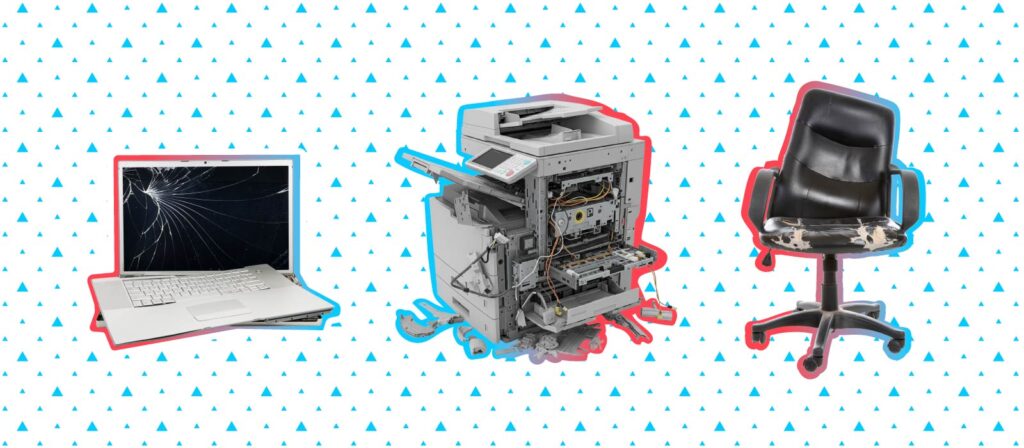A Step-by-Step Guide to Making Major Changes in the Office
Change is something facility management deals with quite often. Sometimes that change might be as simple as an individual moving desks, or it might be something as complex as an entire office moving into a new location. Other times, however, the change that must be made is internal, and it will require a lot of planning and effort. This is especially true when you have a company with 200 people or more. It’s all possible, however, if you take the process one step at a time. Based on change management expert John Kotter’s eight-step process for making improvements in the office, here’s a list of detailed tips for making changes in the office.
1.) Identify the Problem
The first step to dealing with change is realizing what needs to be changed in the first place. Of course, FMs are well familiar with the smaller changes that can occur on a monthly basis: someone gets promoted, changes jobs within the company, or joins the team temporarily. Here, FM software such as OfficeSpace software can help. However, not all problems that FMs face can be magically solved with a single program. At certain times, it will take a process that’s well-thought out and collaborative. For these situations, it all boils down to first identifying the problem, then coming up with a way to solve it.
2.) Identify Your Objective
It may seem like a small matter, but knowing exactly what your objective is when you address company problems is extremely important. For example, the FM department’s goal may be to reduce energy usage by a certain percentage within 12 months. Clearly defining your goals will prevent confusion from occurring between the FM department and others who need to be involved with the changes. With everyone working to achieve the same goal from the beginning, the team can work toward that goal more efficiently without getting sidetracked by confusion or miscommunication.
3.) Assemble a Team
The next step would be to assign a task force to further investigate the problem. For example, an investigation of a company’s computer system may find that because of the hardware used, efficiency and productivity are down. In this case, the FM may want to assign a task force consisting of the IT team and the individuals who have to use the computers on a daily basis. Together, these individuals and the FM can brainstorm ways to address the issue.
4.) Tell Others the Plan
Once you’ve nailed down your main mission and assembled a team to help you iron out details, the next natural step is to tell others about it. Start out with a general info session where you inform entire staff about the plans for your change. Afterward, hold smaller meetings where individuals can ask questions about your plans. Finally, distribute written communication about your activities: progress reports, newsletter items, updates, etc.
5.) Get Others Involved
Any initiatives can start out strong on the front end, but the efforts won’t last if there’s no follow-through. This will require involvement from many other team members. Other departments may have to form smaller teams that will report to the initial team that the FM assembles.
6.) Track Your Progress
Once you’ve started implementing the plan for your changes, it’s important to notice what small improvements occur as a result. Some goals won’t be reached within a span of months—FM expert Stormy Friday says for some initiatives, visible changes won’t occur for three years or more. Therefore it’s crucial that you note whatever positive changes occur, no matter how small they are. When you pay attention to the little victories, it can make your actions seem more meaningful than if you focused on only attaining that overarching goal. Once a three-year mark passes, you can then evaluate where the company stands, what it’s achieved, and what remaining goals need to be fulfilled.
Change can be a challenge, no matter how big or small it is. However, with the right amount of communication and support from staff, a company can make big improvements. As long as you remember these two crucial things, you can be the catalyst for making the company better—whether that is in terms of its energy use, space use, or productivity.
photo credit: Annie Spratt




